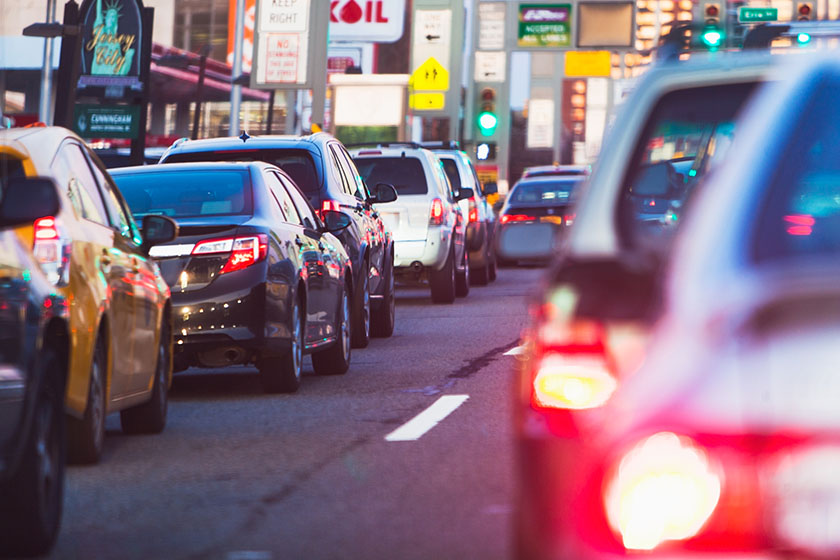The key to smarter, safer DOT strategies? Ground truth data. Read article


I recently was invited to The Atlantic’s Summit on Infrastructure + Transportation event in Washington D.C. and I was a participant in the Cities of the Future panel. It was a lot of fun, giving me the chance to reconnect with my engineering roots and was full of insight and learning. Personally, I came away from the gathering with a renewed sense of urgency. As the fundamentals of how we move from one place to another continue to change, there’s a lot that we can do to try to make the system safer and more efficient.
We have a tremendous opportunity to fix our broken transportation system. Today we spend about $3 trillion on transportation in the USA alone, and if we can achieve a 20% efficiency improvement from the infrastructure performance of our transportation system, it will result in roughly $3,000 for every household. Now that’s a real tax break for everyone!
In addition to my renewed sense of purpose and mission, a few themes stuck with me as I reflected on the panel, as well as the conversations I had with a variety of attendees…
Way back when, in the early ’90s, when I graduated from the University of Minnesota, I was hired as a civil engineer in Minneapolis. In one role, I worked in a traffic management center and whenever an accident happened we had to know, based on a variety of factors, whether to alert the city police, the County Highway Patrol or a state law enforcement agency. There was, and still is, a very complicated intersection between different jurisdictions and an intricate set of rules and customs that have been created and tested over a long period of time to ensure that the right thing happens.
As we start to think about the interconnectivity of the modern “smart city,” it’s essential to reconsider the “prioritization” of one municipal system over another, as my fellow panelist Carey Anne Nadeau mentioned during our talk. I believe we need to keep working more closely together so that a regional area is improved all at one time rather than city streets being upgraded with new technology, but county roads are scheduled for upgrades years later. It’s a daunting task to figure out how we make that work effectively in a robust way. It’s going to be one of the central challenges to transforming our collective vision of the smart city a reality and I think it’s much more complex and complicated than we anticipate. It’s going to be a long hard road and we will all need to get much better at coordination.
Specific to autonomous vehicles, we need to devote more attention to how users, aka humans, will understand and actually interface with the autonomous cars that we are creating. This morning when I came to a four-way stop sign, I immediately identified each of the three cars that were at each side and upon making eye contact, the third driver waved me through. There are decades of intuitive learning and understanding that are inferred during those billions of little interactions that happen every hour and it’s going to be fascinating to build Arity models on how humans interface with the self-driving cars, and ultimately how the autonomous vehicles interface with each other. I’m convinced that in time we will learn about specific interactions such as GM Silverado has issues with Volvo S80, but only in dark or rainy weather conditions.
“You’ve got to start with the customer experience and work backwards to the technology.” – Steve Jobs
The “smart city” is not gaining momentum just because tech companies are building new stuff. One big reason it’s accelerating is because traditional transportation options have historically fallen short, and people feel stuck. The public wants more and better transportation options via autonomous vehicles and beyond. They want more freedom and lower costs. This will require all of us to come together for us to get where we all want to go. It’s very possible. I can see it, but we need to get to work.
Find out about our mobility data solutions for the public sector.